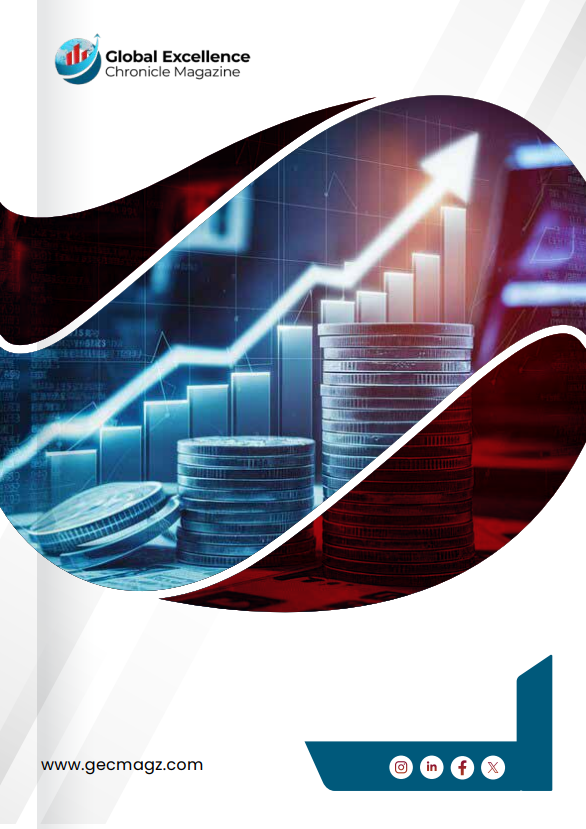The Lao People’s Democratic Republic’s reliance on debt financing for the power sector has led to significant economic growth but also severe debt distress. Reforms should focus on improving sector governance, enhancing financial sustainability, and fostering clean energy access.
Energy is at the heart of the Lao People’s Democratic Republic’s development vision. The country leveraged debt-financing to drive forward this agenda, with investments in the power sector contributing to a robust average annual economic growth of 8% during 2007–2016 and increasing household electrification to almost 100%.
However, heavy reliance on debt financing for power sector development has since contributed to debt distress. Public debt has been assessed as unsustainable, with on-lending and guarantees to the energy sector accounting for 48% of GDP.
Debt servicing requirements of the power sector cannot be covered by its tariff revenue under present regulation arrangements. Urgent action is required to address the country’s debt challenges and to establish a sustainable path for power sector reforms, particularly as the current situation crowds out private enterprise and stymies progress on the Sustainable Development Goals and related climate commitments.
Electricity is vital for achieving multiple development goals, including poverty alleviation, health improvement, education, gender equality, and overall human well-being, according to a recent ADB study.
Using data from 2012 and 2018, the study investigated the impact of access to electricity on economic, educational and environmental aspects of life. It found that electrification increases economic activity by boosting business opportunities.
Improved access to energy increased agricultural income in the country by over 64%. It contributes to longer operating hours, improved storage facilities, a better business environment, wider product store visibility, and new electric and electricity-based accessories business.
Electrification also acts as a catalyst for stronger educational outcomes. Better lighting through electrification is likely to provide more conducive settings for pupils to concentrate longer, resulting in improved educational outcomes such as primary education completion.
Energy is at the heart of the Lao People’s Democratic Republic’s development vision.
Electrification is associated with an 8.6% increase in lower secondary education completion and 2.7% higher secondary education completion. More importantly, the study reveals that education expenditure per female student increases by around 12% among grid-connected households.
Electrification is also associated with a significant reduction in dirty fuel usage, which is much more pronounced for lighting than cooking. Both types of dirty fuel usage – for lighting and cooking – are significantly reduced in electrified households.
Clearly, a vibrant power sector supports economic, educational, environmental, and other development objectives.
However, the country faces big macroeconomic challenges. These include debt distress, currency depreciation, high inflation, and broader macroeconomic instability which jeopardizes previous development gains.
Average inflation jumped from 23% in 2022 to 31.2% in 2023, with prices expected to rise by more than 20% in 2024. The deterioration of the macroeconomic environment has contributed to a regression in some development outcomes. For example, the total new enrollment rate at the upper school level Grade 10 decreased from 71.6% in 2019-2020 to 65.3% in 2022-2023.
The power sector is also experiencing difficulties. Électricité du Laos, the state-owned power utility, is running at a loss, with a widening liquidity gap and increasing debt, threatening its financial sustainability. The main reason for the utility’s poor performance is weak sector governance and regulation, which emphasize the need for reform due to the significant development benefits of electricity.
Going forward, domestic reforms, along with measures to address underlying solvency issues through debt restructuring, are critical to restore macroeconomic and fiscal stability. For the energy sector, the Lao People’s Democratic Republic may benefit from a power reform roadmap with clearly identified time-bound actions harmonized with its investment program and funding sources.
These efforts will require comprehensive institutional and governance arrangements with the necessary commitment, coordination, and cooperation to achieve objectives of attracting private investments to boost clean energy access for people and businesses.
The proposed key reform priorities include transparent governance arrangements including an independent regulator and tariff reforms. Power sector sustainability should also be improved by enhancing liquidity and solvency of the state-owned power utility to restore private sector confidence and market access in clean energy.
The environmental and social safeguard management system of Électricité du Laos needs to be modernized to comply with international best practice and benchmarks. The utility company should also develop the skills and capacity to lead and implement power sector reform actions.
To drive social and economic development, the Lao People\’s Democratic Republic must enact these reforms while improving governance and expanding sustainable practices.
Source: /blogs.adb.org


